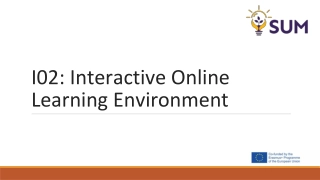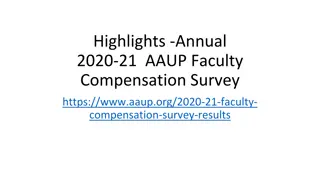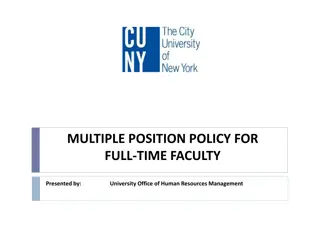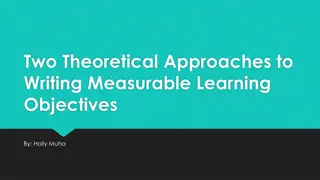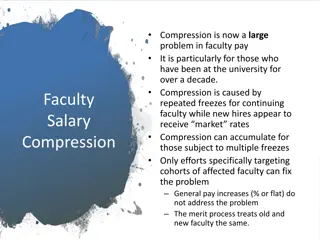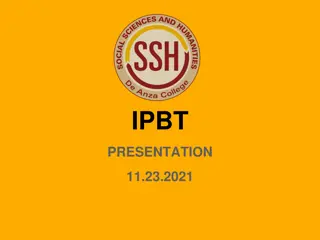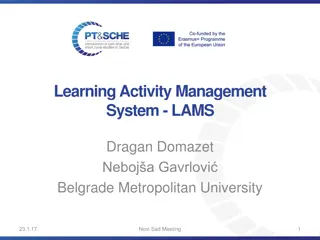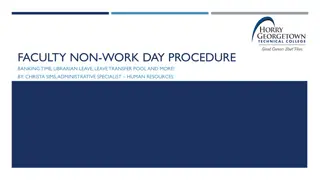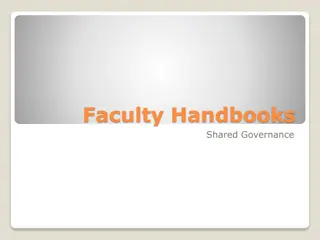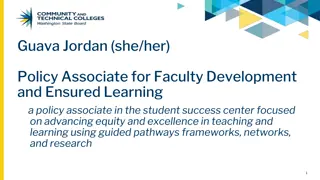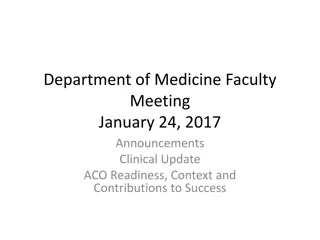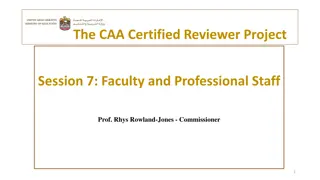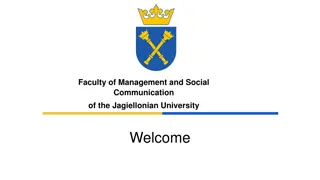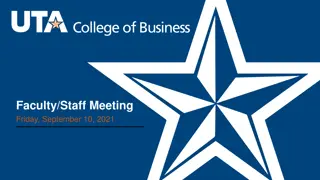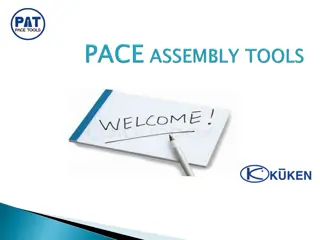How Faculty Can Achieve Learning Objectives with Online Tools
Faculty are increasingly interested in transitioning courses online for enhanced resource utilization and effectiveness. Explore the benefits, considerations, and tools for achieving learning objectives through online education.
Uploaded on Feb 21, 2025 | 0 Views
Download Presentation

Please find below an Image/Link to download the presentation.
The content on the website is provided AS IS for your information and personal use only. It may not be sold, licensed, or shared on other websites without obtaining consent from the author. Download presentation by click this link. If you encounter any issues during the download, it is possible that the publisher has removed the file from their server.
E N D
Presentation Transcript
How Faculty Can Achieve Learning Objectives With Online Tools Dave Paquin Dave@DavePaquin.com
Introduction Many faculty are interested in moving courses, or parts of courses, online In part, due to encouragement from their departments In part, because they are seeking more effective use of their limited resources
Why Move Courses Online? Online training advantages include: Convenience of anywhere/anytime for both faculty & student Consistent content delivery Automated grading and record-keeping Less costly to deliver than classroom-based courses overall a better use of University resources
Two Questions to Consider Which courses should go online? Which online training strategies and tools are best suited to meet specific training objectives?
It Begins With Learning Objectives Faculty use Outcome-Based Learning Objectives to: Design Student Assessment Determine the Setting for Course work Form the Basis of Course Content Communicate Learning Goals to Students
Online Learning uses two major components: 1. The first is the Learning Management System (LMS) For SQU, this is Moodle. Other platforms include Angel, E-College, Blackboard and others Moodle is Less Expensive and Open- Source , allowing for programmers to contribute objects
Online Learning uses two major components: 2. The second is the Authoring or Presentation Software Tools This can range from simple Power-points to advanced Authoring Systems such as Articulate and Captivate Authoring Systems can provide richer, more interactive presentations. They can also communicate with the LMS (Assuming both are SCORM compliant, or otherwise compatible) The CET department has licenses for Articulate and for Adobe Captivate and can assist in creating rich, engaging presentations with these programs
Types of Courses: (How do each fit with Online Learning?) Labs require hands on experiences and cannot be put online directly. However, supporting lectures could be online Introductory Level Courses these are usually a great fit for online classes Field-based probably not a good fit Large classes Vs Small classes either can be online, but large classes are especially more efficient with online delivery
Types of Learning Objectives: (How do each fit with Online Learning?) Learning Objectives are either: Affective (Attitudes and Feelings) Psychomotor Knowledge based best suited for online delivery They can also vary in complexity: Start simple (such as Define or List) Move to Complex (such as Apply or Assimilate The simpler objectives are easier to put online
A few Adult Learning Theory points to keep in mind: Adults like to solve problems Adults like to contribute based on their experience Adults like to interact and not just be lectured to
It is essential that the online learning environment be Intuitive: It should always be obvious: Where to click next to proceed Where to get Help When they are complete Why? This will reduce stress on the student and result in fewer customer service issues
Moodle/Online Learning Tools Discussion Boards Asynchronous communications between students, with or without faculty participation Chat Rooms Synchronous communication Scheduled live discussion
Moodle/Online Learning Tools Quizzes Multiple choice, essay, scenario based, useful as interactive exercises Assignments Can be submitted online and shared
Moodle/Online Learning Tools Graphics & Audio Should: Be customized to the organization Be relevant to the topic Video Should: (Same as above) plus: Be short. 5 minutes or less Preferably with interactions built in
Moodle/Online Learning Tools SCORM packages Interactive Presentations Power-points turned into Engage components Report progress/completion back to LMS SCORM means Sharable Content Object Reference Model. It is a standard that ensures these packages can share data with the LMS
Summary Faculty will me moving courses online They will be seeking Technical Assistance They need help understanding Why to use each Tool as much as How to use each Tool as they work to meet their Learning Objectives
Questions? Dave Paquin Dave@DavePaquin.com
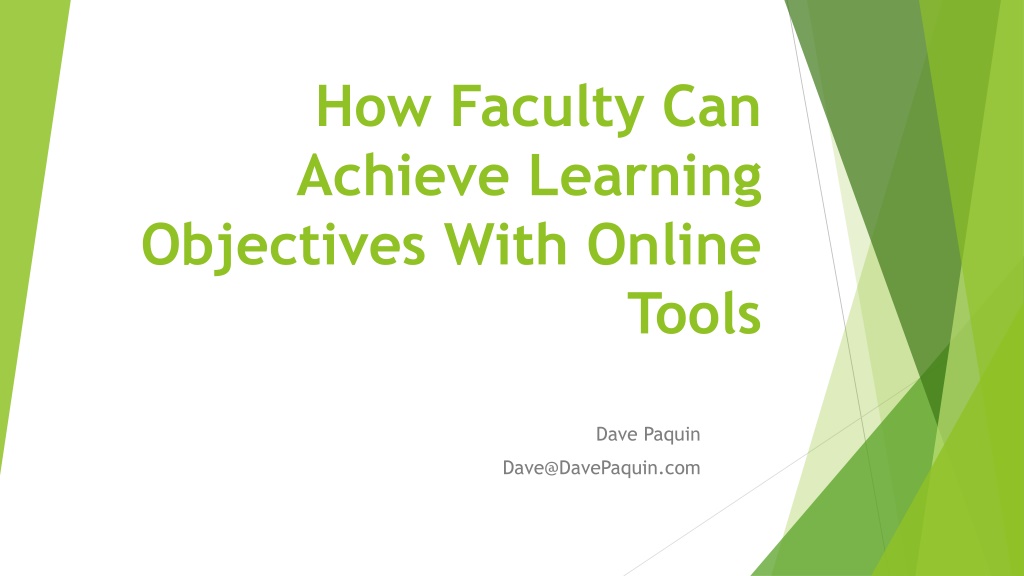
 undefined
undefined





